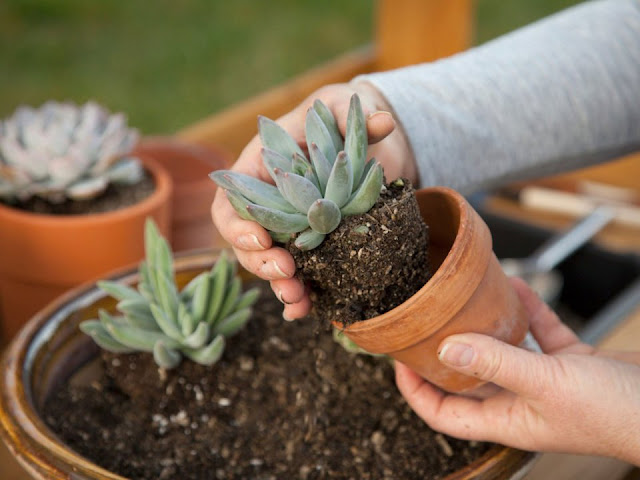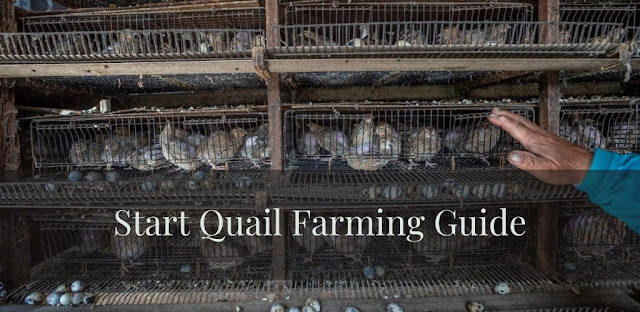It's Easy To Successfully Grow Succulents
Succulent is the common name for plants that store water in their leaves. This is not a scientific term, but rather a descriptive term.
And this trait —the thick, juicy leaves, and the ability to store water in the flesh—is what unites a large group of plants from around the world. Cacti, agave, and aloes are all succulents, along with plants most people would identify as succulents, such as stonecrops (Sedums) and "hen and chicks" (Sempervivum) and jade plants (Crassula ovata).
Succulents are popular plants in both containers and in the landscape — and for good reason. It is low maintenance, drought tolerant, and very easy to care for.
Succulents are also popular because they are so beautiful in their own surreal way. Its robust architectural forms, beautiful colors, and eye-catching textures will bring out your artist soul--and their seemingly limitless variety will tempt you to become a collector. Very few people can quit after just one succulent!
Grow Succulents Guide
Growing Succulents From Clippings
One of the best things about succulents is how easy it is to make more succulents — this is called propagation. Succulents are easy to grow from clippings, easy to share with friends, They can also be reproduced fairly cheaply: if you have a little patience, you can easily make enough succulents to landscape your entire yard from a few clippings.
You see, if you plant a single leaf or cut off most types of succulent, it will take root and make a new plant. For example, the prickly pear cactus, which is a succulent plant, drops its weight on the ground when its branches get too heavy. The fallen pads will grow new plants, and in this way the prickly pear can make an entire forest a copy of itself. You may have seen these colonies growing in the hills.
To propagate succulents, you just need to cut off the existing plant parts and put them in the soil. If you've ever worked with geranium cuttings, it's very similar. You can plant stems with leaves on top—cut off all but about half an inch of the stem and place the cuttings into the soil. Remove any leaves that will end up underground.
You can also plant a single leaf: place the entire leaf on the surface of the soil. Each leaf will produce a new plant. Single leaves should be removed from the stem or whole rosette, with the base of the leaf intact—half of the leaf will not root.
Store freshly planted leaves and cuttings in the shade or indoors and water very, very sparingly until they get new growth (which may take two weeks to a month) - otherwise rot is possible.
One final piece of advice: When taking cuttings, it's a good idea to let the cuttings dry out a bit between cutting and planting. This allows the edges of the cut to dry and harden (forming a callus), and thus prevents the rot from adhering to the new cut. All you have to do is spread the cuttings in the shade for a few days, a little longer if the weather is wet or cold. You're waiting for the cut end of the stem to dry—you'll be able to see when this happens.
Allowing a drying period is a good practice, but in reality, many local gardeners simply insert fresh cuttings directly into the soil, skip the drying period, and find they have few problems. This may be because Los Angeles is relatively dry and warm, so our plants are less likely to rot. However, if you are investing in plants, be careful and let the calluses go away.
Growing Succulents From Seeds And Other Methods
Succulents can also be grown from seed. This is more of a hassle than using clippings, but may be necessary if you want to propagate rare or hard-to-get forms of succulents, or want to grow succulents in large numbers. In addition, some cacti and agave reproduce from bulblets and offsets rather than cuttings.

.jpg)


Komentar
Posting Komentar